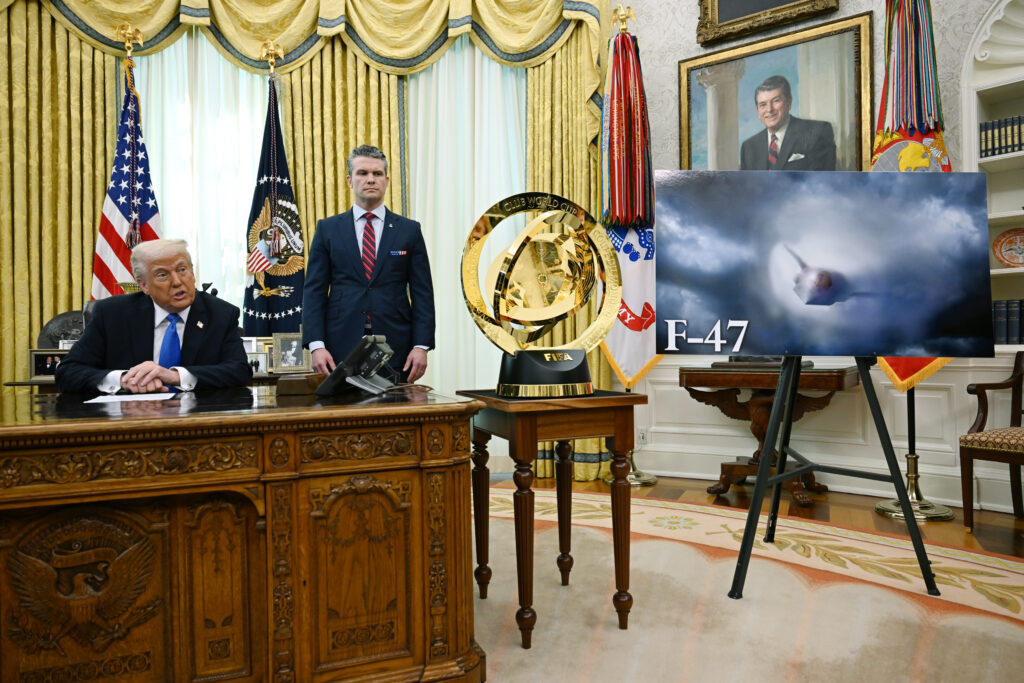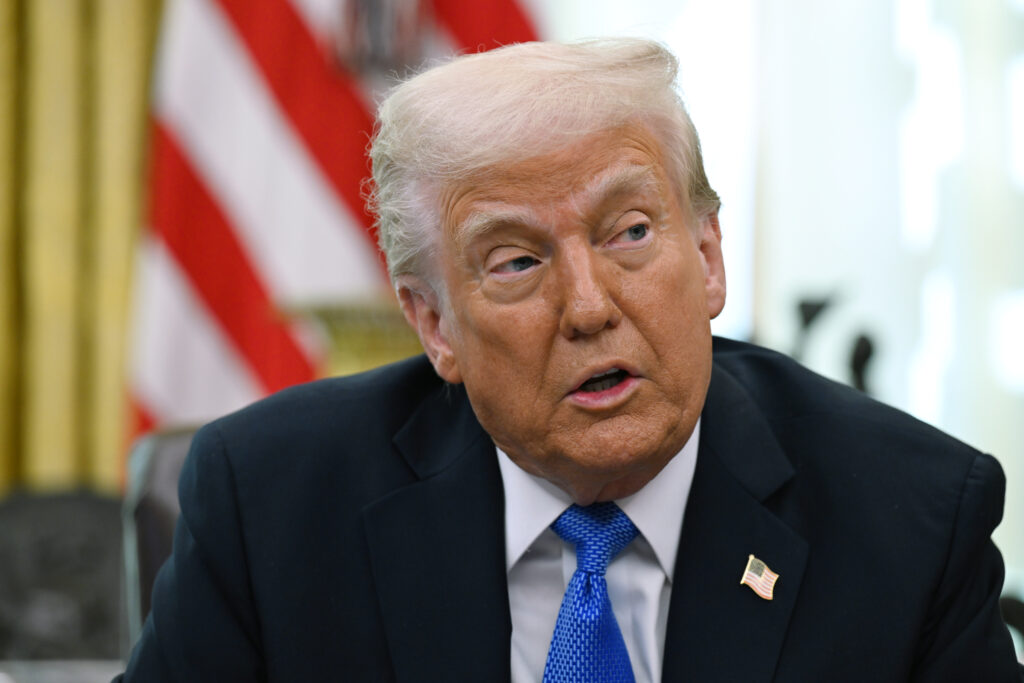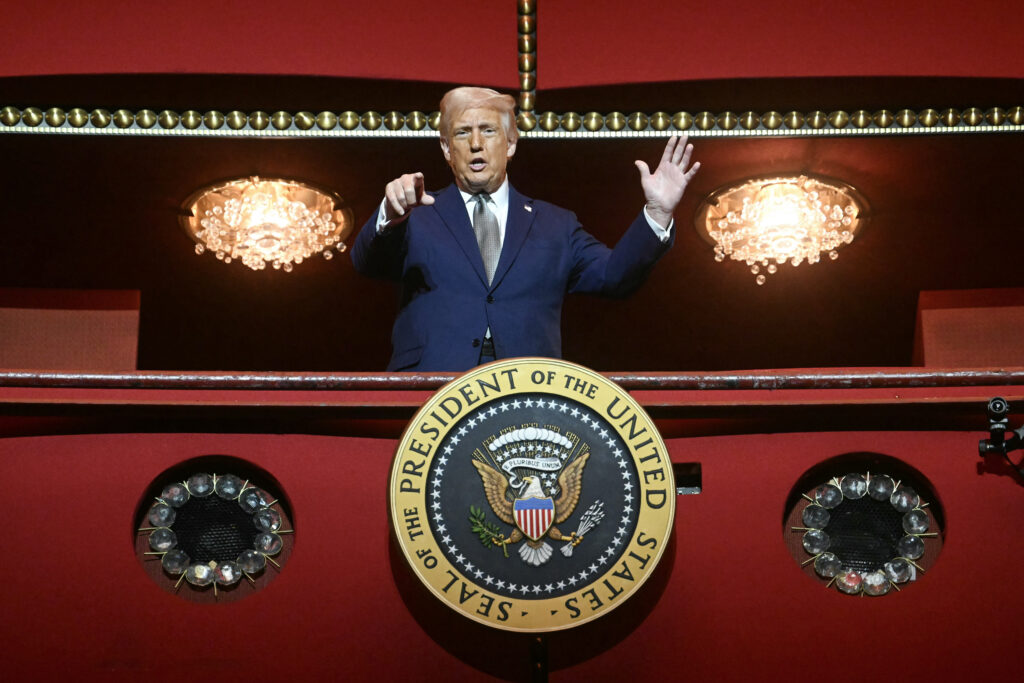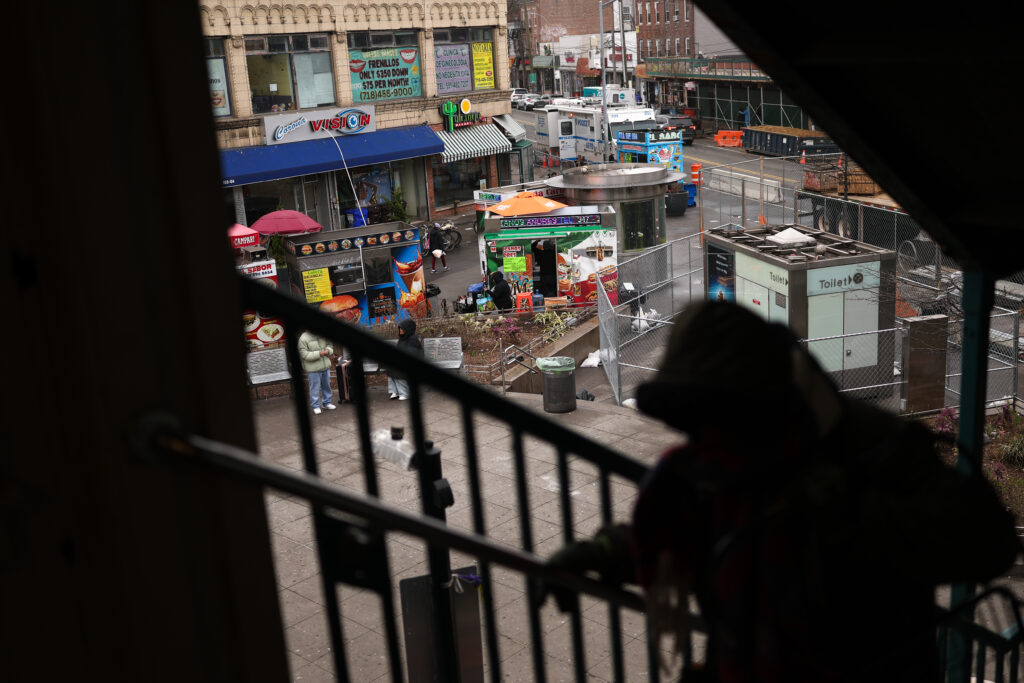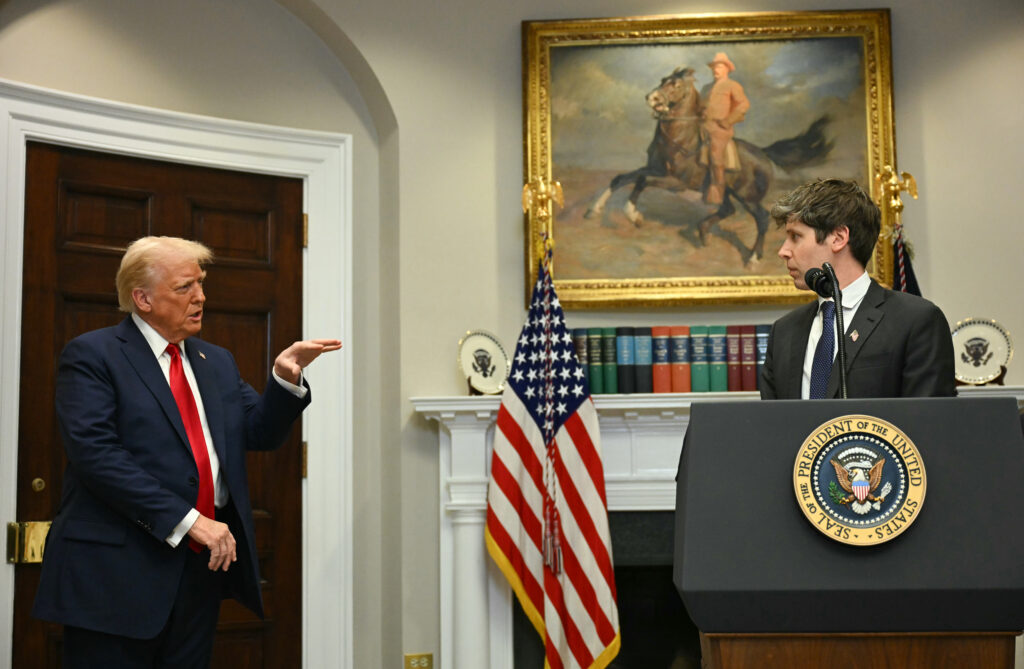Did tattoos land Venezuelan migrants in a Salvadoran mega-jail?
Lawyers and relatives of Venezuelans flown from the United States to a brutal jail in El Salvador believe the men were wrongly branded as gang members because of their tattoos. Jhon Chacin is a professional tattoo artist with “a flower, a watch, an owl, skulls, my father’s name, my mother’s name, those of his children” etched onto his skin, according to his sister Yuliana.The 35-year-old was arrested at the Mexican border in October 2024 for entering the United States illegally.After going without news from him for several days, his family recognized him last weekend in a video of prisoners in chains, their heads freshly shorn, at a maximum security prison in El Salvador.US President Donald Trump had invoked a centuries-old wartime act to send Chacin and more than 200 other fellow Venezuelans to the Central American country as purported members of the fearsome Tren de Aragua (TdA) gang.Yuliana, who lives in Texas, is convinced her brother was designated a gangster because of his skin markings.At the detention center where Chacin was held before being deported, “ICE (immigration) agents told him he belonged to a criminal gang because he had a lot of tattoos,” she told AFP.- Soccer ball and horns -US authorities have not said what evidence they have to support claims that the 238 deportees are members of the Venezuelan Tren de Aragua gang, designated a “terrorist” organization by the Trump administration.Senior ICE official Robert Cerna said Monday “many” of the expelled men had no criminal records, but claimed that was because “they have only been in the United States for a short period of time.”Department of Homeland Security spokeswoman Tricia McLaughlin cited tattoos as evidence against 36-year-old Jerce Reyes Barrios.”He has tattoos that are consistent with those indicating TdA gang membership. His own social media indicates he is a member of the vicious TdA gang,” McLaughlin wrote on X.She insisted US intelligence assessments “go beyond a single tattoo.”Her post was in reaction to an online statement attributed to Reyes Barrios’s lawyer, Linette Tobin, in which she said he was accused of gang membership for sporting a tattoo of a crown atop a soccer ball — a variant on the logo of Real Madrid, his favorite football team.The letter said her client, a former professional soccer player, had sought asylum in the United States after being tortured for taking part in anti-government demonstrations in Venezuela.AFP was unable to reach Tobin.- ‘All over their faces’ -In September 2024, Texas authorities published a report listing tattoos it said were characteristic of Tren de Aragua membership, including crowns, stars and weapons.Yet Ronna Risquez, author of a book about the spread of Tren de Aragua, said tattoos are not known to be a signifier of gang allegiance in Venezuela, unlike in El Salvador.”Tren de Aragua has no identifying tattoo… some members of the gang are tattooed, others not,” she told AFP.Trump has associated body art with violent tendencies.Days after taking power in January, he warned that gang members with “tattoos all over their faces” were “pouring in” to the United States.- From children’s names to owls -In the western Venezuelan city of Maracaibo, family members of four of the deportees denied the men were engaged in any criminal activity.They also feared their loved ones’ tattoos may have got them in trouble unfairly.Edwuar Hernandez Herrera, 23, has four — his daughter’s name, that of his mother, an owl on his forearm and ears of corn on his chest, according to his mother Yarelis Herrera.”These tattoos do not make him a criminal,” the 44-year-old told AFP.Herrera’s friend Ringo Rincon, 39, has nine tattoos, including a watch showing the times his son and daughters were born, said his wife Roslyany Camano.Venezuelan Interior Minister Diosdado Cabello said Thursday the government had hired a law firm in El Salvador to try and secure the migrants’ release.Some eight million Venezuelans are estimated to have fled the country’s economic meltdown and increasingly authoritarian rule in the past decade.The vast majority moved to other Latin American countries. By 2023, an estimated 770,000 Venezuelan immigrants were living in the United States — many under a protected status granted to citizens of dangerous countries, which Trump subsequently revoked.

